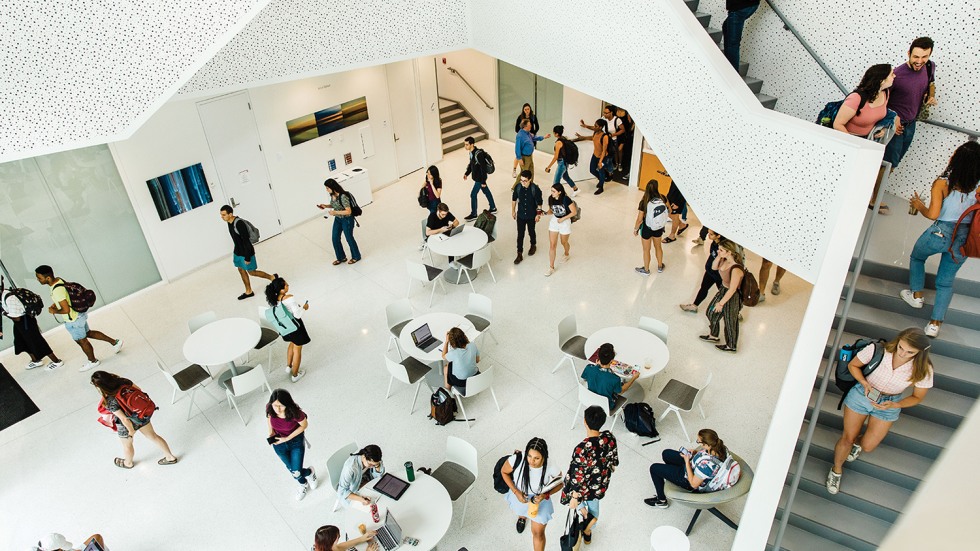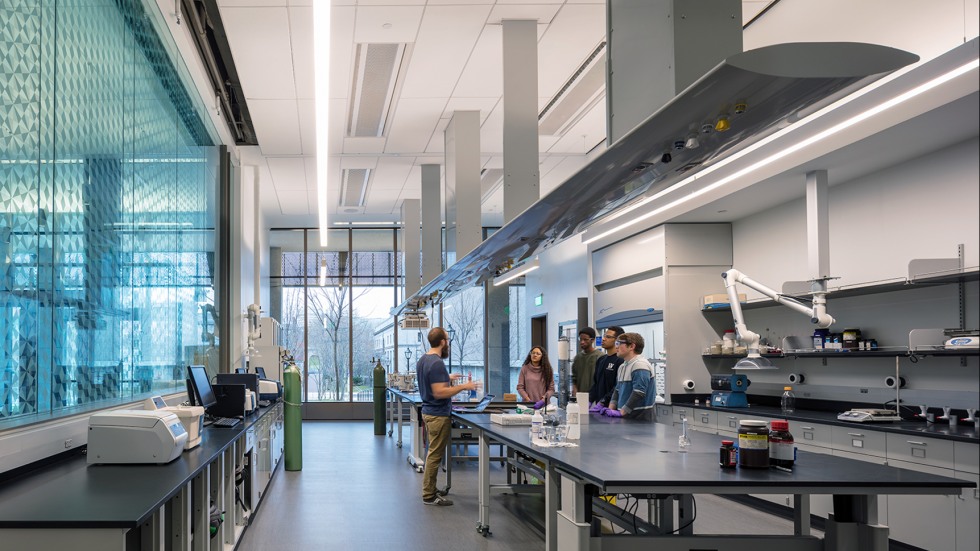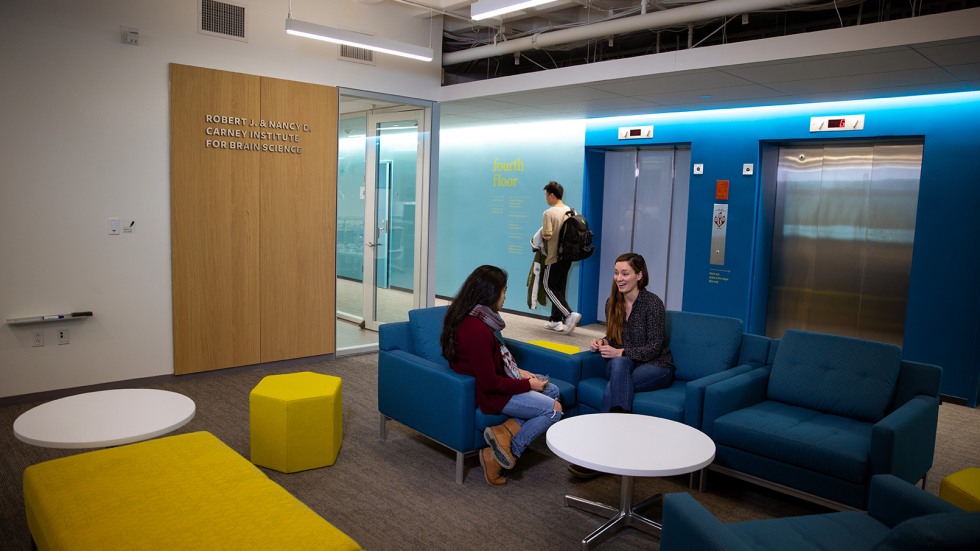The outdoor environment as well as the indoor spaces in which people live and work can have profound effects on physical and mental health. The nature of those effects on human health are expected to change with the climate. Outdoors, rising temperatures and increased ozone pollution increase risks for heat stress and respiratory problems. Indoors, people can be exposed to myriad chemicals with unknown health effects, while mold contamination in buildings is expected to increase with higher temperatures and increased precipitation.
Brown will improve the indoor environment by reducing exposure to harmful building and cleaning materials, while improving our buildings to withstand the increased temperature, humidity and flooding that will come with climate change.


